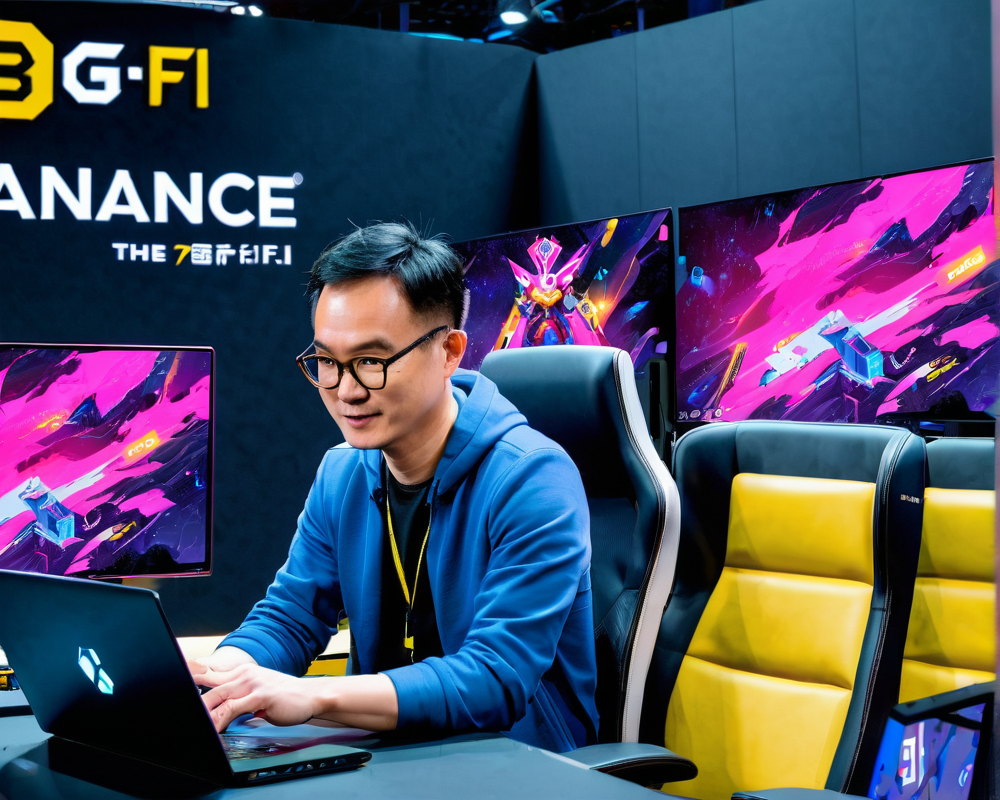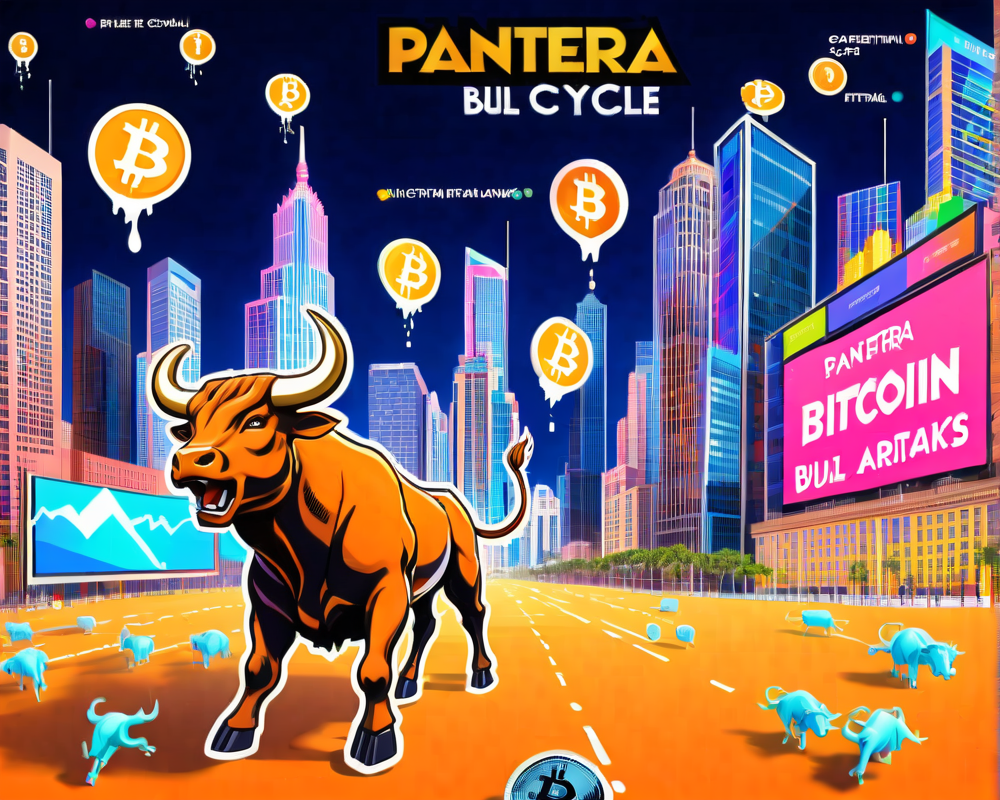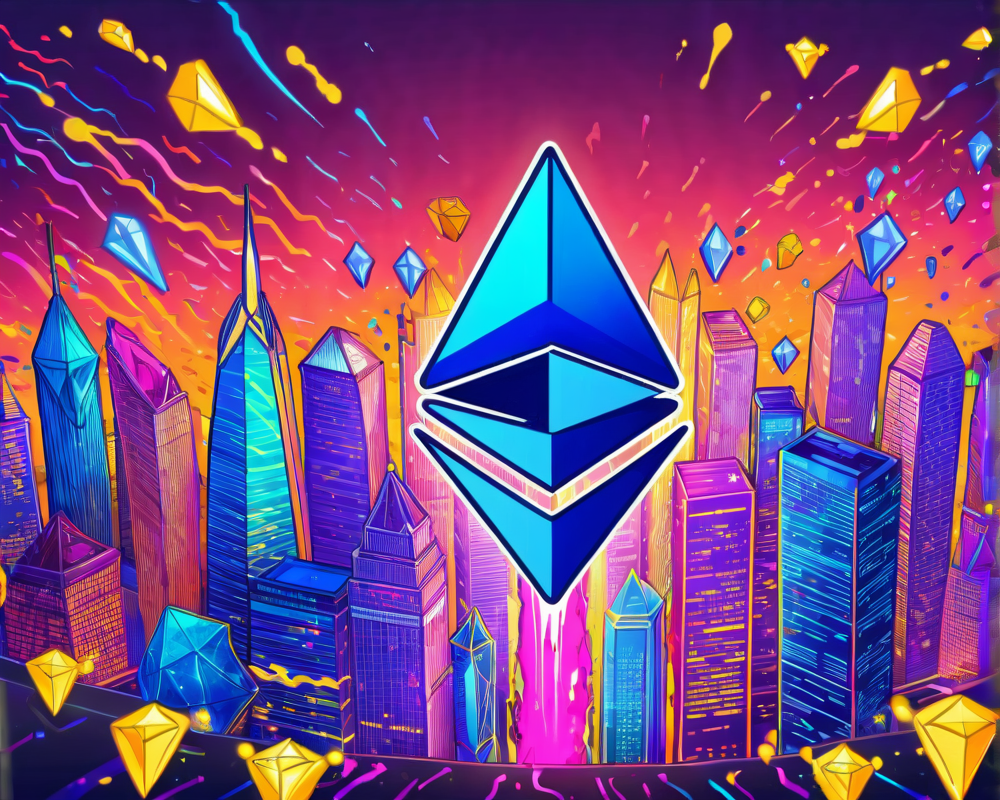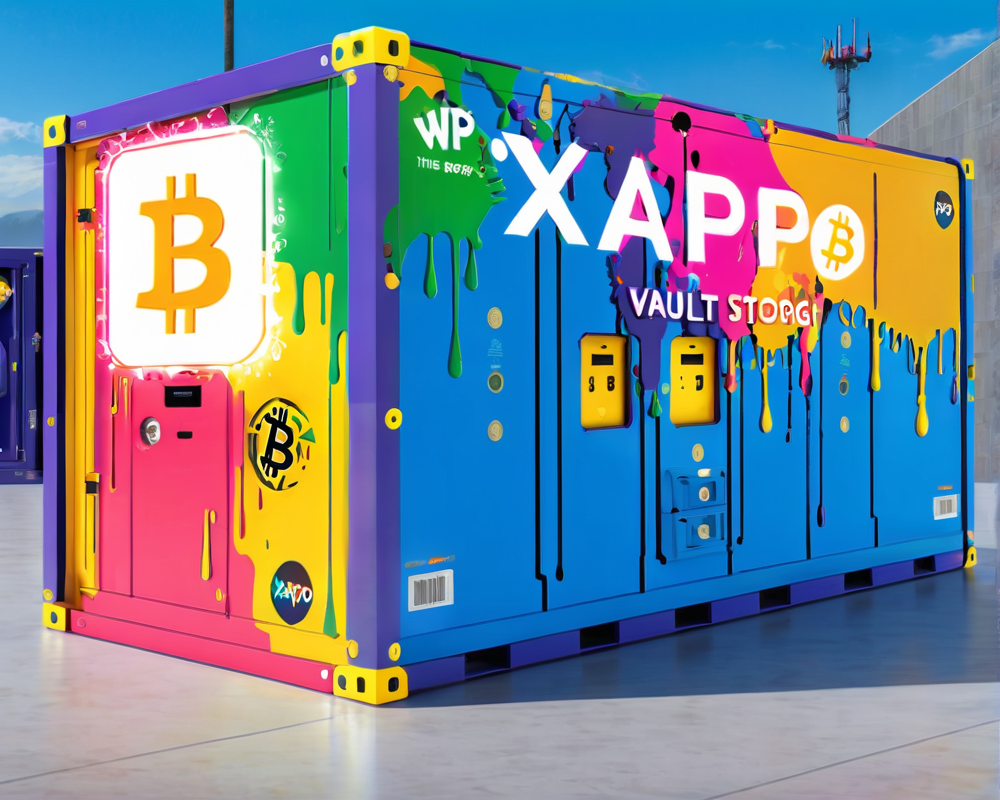Understanding the Free-to-Own Concept
In the evolving landscape of GameFi, the notion of a “free-to-own” business model is stirring up conversations, and Binance CEO Changpeng Zhao, or CZ for short, isn’t shy about sharing his thoughts. He argues that if everything were truly free, then the need for hard work would diminish. It seems CZ believes that there’s always a catch, and he’s not alone.
What’s the “Free-to-Own” Model?
The free-to-own model allows gamers to access NFTs without an upfront cost. Think of it like a gift that keeps on giving—owning an NFT supposedly opens a door to generate new items for gameplay and customization. One of the frontrunners in this model is the gaming startup Limit Break, which scored a whopping $200 million in venture capital and launched the popular DigiDaigaku NFT collection.
How Limit Break is Making Waves
Limit Break’s big idea is simple yet enticing: hand players an NFT for free and remove the pressure of recovering their investments quickly. The expectation? Players will feel more comfortable investing time into the game, thus enjoying the experience more. With a transaction fee of just 10% on NFT trading, they’ve managed to rake in considerable revenue. Reports say that since their launch, traders have exchanged around 3,900 ETH in collectibles—yielding over $600,000 in revenue. Not too shabby for a project that started with “free” items!
The Risk of Free Offers
While this model aims to entice players, CZ warns that initiating gameplay without any cost comes with risks. Unsuspecting early adopters may find themselves in a precarious position if the model fails. Historically, the promise of unbridled access often leads to pitfalls, and players need to tread carefully in this new arena.
A Broader Industry Outlook
Industry insiders are divided on the merits of blockchain gaming. Critics like Mojang Studios, known for the game Minecraft, have openly condemned NFT integrations, suggesting they promote an investment-focused mindset over pure enjoyment. “Speculative pricing” is often viewed as a Trojan horse, bringing with it a barrage of monetary concerns that can detract from the core ethos of gaming.
Final Thoughts on Free-to-Own
CZ’s critiques, paired with Limit Break’s innovative approach, highlight a pivotal moment in the GameFi sector. As the industry continues to evolve, it will be intriguing to see how these models hold up against the whims of gamers and investors alike. Are we witnessing a transformation in gaming monetization, or will it be just another flash in the pan? Only time will tell.




